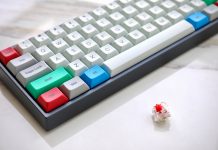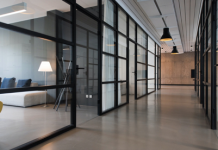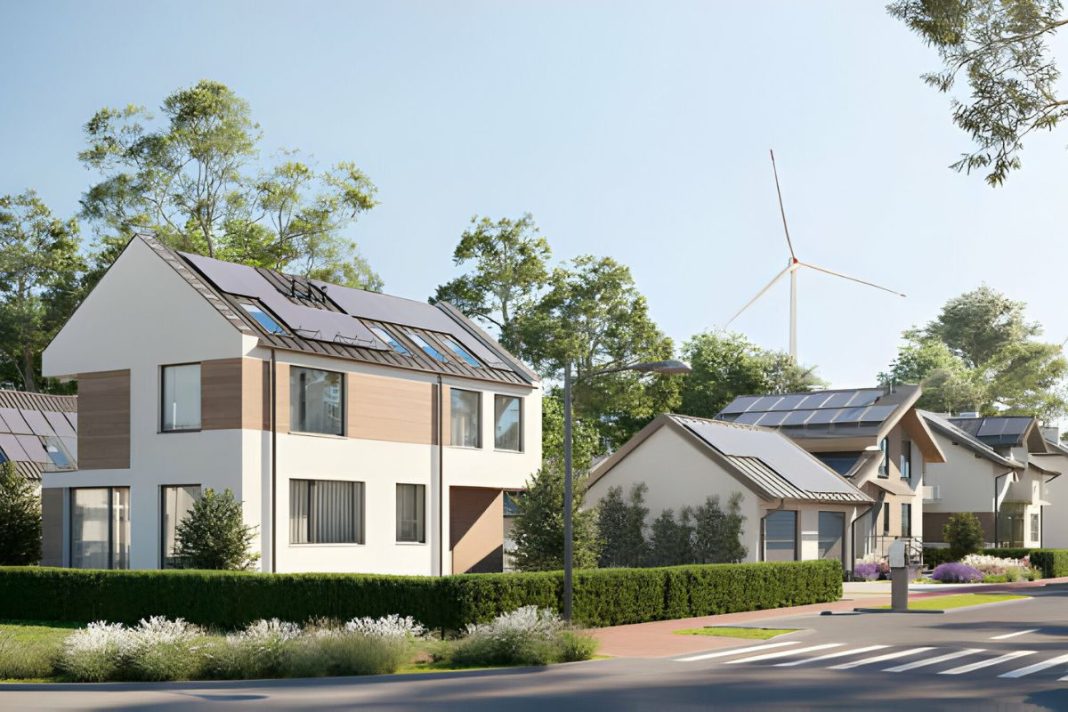Streetscape render is a transformative art form that breathes life in urban environments, offering captivating glimpses of vibrant cityscapes and bustling streets. As cities evolve and urban landscapes undergo rapid transformation, the importance of visualizing streetscapes becomes increasingly pronounced.
Streetscape rendering goes beyond the mere depiction, weaving together elements of design, architecture, and storytelling to evoke emotions and inspire imagination. From bustling thoroughfares adorned with architectural marvels to serene neighborhood streets lined with verdant trees, streetscape render capture the essence of urban life in all its diversity and dynamism.
In this age of digital innovation, streetscape rendering emerges as a powerful tool for urban planners, architects, and developers, facilitating informed decision-making and fostering community engagement. With meticulous attention to detail and a keen eye for aesthetics, streetscape rendering transports viewers into the heart of the city, inviting them to envision the possibilities and potential of urban spaces.
Streetscape Render: Visualizing Urban Environments
Streetscape rendering is a visual representation technique used to depict the appearance and ambiance of streets and urban environments. It involves creating detailed and realistic digital or hand-drawn images that showcase various elements of a streetscape, including buildings, streets, sidewalks, landscaping, street furniture, lighting, and people. Streetscape renderings aim to convey the overall character and atmosphere of a street or urban area, capturing its architectural style, scale, and context.
These renderings serve multiple purposes in urban planning, architecture, and real estate development. They help stakeholders visualize proposed changes or developments in urban areas, such as new buildings, streetscape enhancements, or infrastructure improvements. Streetscape renderings also aid in public engagement and communication by providing stakeholders, including community members and decision-makers, with a clear understanding of how proposed projects will impact the look and feel of the surrounding environment.
How Streetscape Rendering Works
Streetscape render is a complex process that involves various techniques and tools to bring urban environments to life. Here’s how it works:
- Data Collection:
The process begins with the collection of data about the site or urban area to be rendered. This may include architectural plans, site surveys, photographs, and other relevant information.
- Conceptualization and Design:
Urban designers and artists conceptualize the streetscape design, taking into account factors such as architectural style, street layout, landscaping, and lighting. They create sketches or digital mockups to visualize the proposed streetscape.
- 3D Modeling (if applicable):
For more detailed renderings, 3D modeling software is use to create virtual models of the streetscape. Architects and designers use this software to accurately represent buildings, streets, sidewalks, and other urban elements in three dimensions.
- Texture and Detailing:
Textures, materials, and details are added to the streetscape model to enhance realism. This may involve applying textures to building facades, adding foliage and landscaping, and incorporating street furniture and other urban elements.
- Lighting and Atmosphere:
Lighting plays a crucial role in streetscape render, as it helps set the mood and ambiance of the scene. Artists carefully adjust lighting conditions to simulate different times of day and weather conditions, such as sunny days, overcast skies, or evening scenes with artificial lighting.
- Rendering:
Once the model is fully developed and textured, rendering software is used to generate the final image or animation. Rendering engines calculate the interaction of light with surfaces and materials, producing realistic images or videos of the streetscape.
Several types of streetscape rendering techniques
- Hand-drawn Sketches: Traditional hand-drawn sketches provide a quick and expressive way to capture the character of streetscapes. Artists use pencil, pen, or markers to create sketches that convey the overall composition, proportions, and ambiance of urban scenes.
- Digital 2D Renderings: Digital 2D renderings are created using software such as Adobe Photoshop or Illustrator. Artists use digital tools to draw and paint streetscapes, adding details and textures to create realistic depictions of urban environments. These renderings can be easily modifiy and adjusted to meet specific project requirements.
- 3D Modeling and Rendering: 3D modeling software like SketchUp, Rhino, or Autodesk Revit is used to create three-dimensional virtual models of streetscapes. These models accurately represent the geometry and spatial relationships of buildings, streets, and other urban elements. Rendering engines like V-Ray or Lumion are then use to generate photorealistic images of the 3D models, complete with lighting, materials, and environmental effects.
- Mixed Media Renderings: Mixed media renderings combine traditional and digital techniques to create unique and stylized representations of streetscapes. Artists may combine hand-drawn sketches with digital painting or collage techniques to add depth, texture, and atmosphere to their renderings.
- Augmented Reality (AR) and Virtual Reality (VR): AR and VR technologies allow viewers to experience streetscape render in immersive virtual environments. With AR, users can overlay digital renderings onto real-world locations using mobile devices or wearable technology. VR enables users to explore and interact with virtual streetscapes in a simulated environment, providing a more immersive and interactive experience.
Conclusion
In conclusion, streetscape render stands as a powerful tool in the realm of urban design and development, allowing stakeholders to envision and shape vibrant, livable cityscapes. Through a meticulous process of data collection, conceptualization, modeling, detailing, and rendering, streetscape renderings bring urban visions to life with unparalleled realism and clarity.
In this dynamic landscape of streetscape rendering, McLine Studios emerges as a beacon of innovation and excellence. With its commitment to precision, creativity, and client satisfaction, McLine Studios transforms urban concepts into captivating visual narratives that resonate with audiences worldwide.
Through its expertise in 3D modeling, rendering, and visualization, McLine Studios elevates the art of streetscape rendering to new heights, offering solutions that inspire, inform, and shape the future of urban environments.


























![Bard vs. ChatGPT: What’s the difference? [2024] Google Bard AI](https://mygentec.com/wp-content/uploads/2024/04/google-bard-ai-100x70.jpg)




